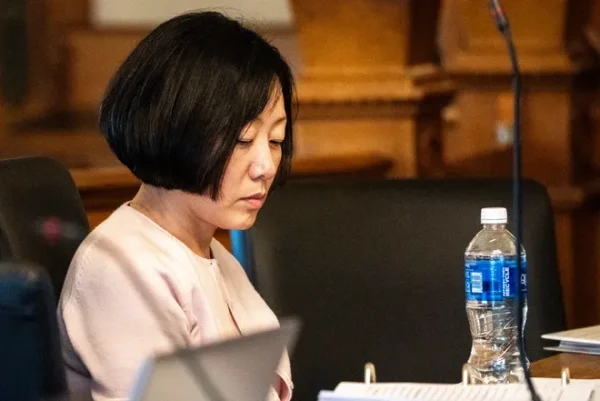Resources available to prevent unintentional plagiarism
September 26, 2007
When students are required to access and utilize text and online sources of information for assignments on a frequent basis, the question of academic honesty is apt to come about. Recently, Simpson faculty have taken a new look at how to detect that most insidious of writers’ mistakes, plagiarism
“Turnitin.com” is one of the latest tools in the effort to combat theft of intellectual property, and is now in trial-use at Simpson. The online service compares student-to-student and student-to-web writings in order to detect if pieces of text are similar, and possibly plagiarized. If entire works have been ripped from online sources, or if sections of material have not been properly cited to their original authors, “Turnitin.com” will detect and report it.
While some teachers are likely to find relief in this new option, others opt for more traditional means.
“The devices are used to confirm the gut,” Marci Carrasquillo, assistant professor of English, said. “Unfortunately, in every instance in the seven years I’ve been teaching, it’s [the gut has] always been right.”
Student plagiairism is not always intentional. Sometimes, a plagiarism accusation can be triggered by something as simple as an un-cited paraphrase.
Unintentional or not, the mishandling of intellectual property is a serious issue, one that can make or break students, depending on the severity with which respective instructors handle instances of plagiarism.
The Hawley Academic Resource Center can be visited to assure your written work gives proper credit to sources used.
“In the Hawley Center, we have writing assistants that can work with a student in a one-on-one situation to go through a paper, work through any issues regarding citation, and how to use a citation properly,” Director of Hawley, Todd Little, said. “I would always encourage the student to seek out the instructor directly if they have questions on how to site something properly.”
The question of why students may misunderstand techniques of proper citation stands out from the problem of plagiarism itself. The consensus seems to be that earlier education often fails to prepare students for situations in which sources in need of reference are required.
“I have first-year students who tell me that their high school teachers required them to copy things directly out of books,” CoryAnne Harrigan, associate professor of English, said. “I don’t know that I entirely believe that. I think that it’s probably more of a misunderstanding about how they were supposed to do the assignments.”
The problem of plagiarism may be a matter of misunderstood academic ethics, as well as a lack of procedural knowledge.
“Some students don’t seem to understand that this is an ethical issue, that it’s stealing somebody’s property,” Carrasquillo said. “I think that we need to educate students on what exactly plagiarism means.”
If ethical violations are not enough to dissuade intentional plagiarists, the range of punishments for the act may be. Some instructors will respond by awarding a given piece of work a failing grade, while others will fail a student from a course entirely.
For some, the threat of a rock-bottom grade is beside the point-academic honesty is an implicit aspect of the Simpson experience, and is laid-out in the student handbook.
“It’s always been clearly stated in the rules, what’s going to happen to if you plagiarize,” jenior Stefan Barner said.












